

Damion Smy
GWM Cannon Alpha ute, Tank 300 HEV and Tank 500 recalled
13 Minutes Ago
Nio is a hyped Chinese premium EV-maker with a growing presence in Europe. Here are its two newest products.

Senior Contributor


Senior Contributor
Chinese premium brand Nio, which is busily expanding into Europe, recently revealed a pair of new electric SUVs at its annual brand day in Hefei.
While not yet confirmed for sales beyond China and parts of Europe, Nio has expansion plans into other markets – potentially including Australia.
The smaller and sportier of the pair is called the Nio EC7 – a nearly 5-metre long crossover in the mould of the fastback BMW X6 or Mercedes-Benz GLE Coupe.
The EC7’s body is made of aluminium to keep weight down, and claims to offer a slippery (for a crossover) drag coefficient of 0.23, as well as 50:50 weight distribution.

There is a dual-motor all-wheel drive system comprising one higher-performance induction motor and one higher-efficiency permanent magnet motor, with system outputs of 480kW and 850Nm.
Nio claims the minimum zero to 100km/h time is 3.8 seconds.
Battery capacities are either 75kWh or 100kWh, the latter capable of a claimed 940km of range on the lenient CLTC test cycle. You can also subscribe to Nio’s automated battery swap program where you lease the battery.
Underneath the body is active air suspension with continuous damping control, while stopping is handled by both regenerative braking and Brembo brakes – with six-piston calipers on 380mm ventilated rotors up front.
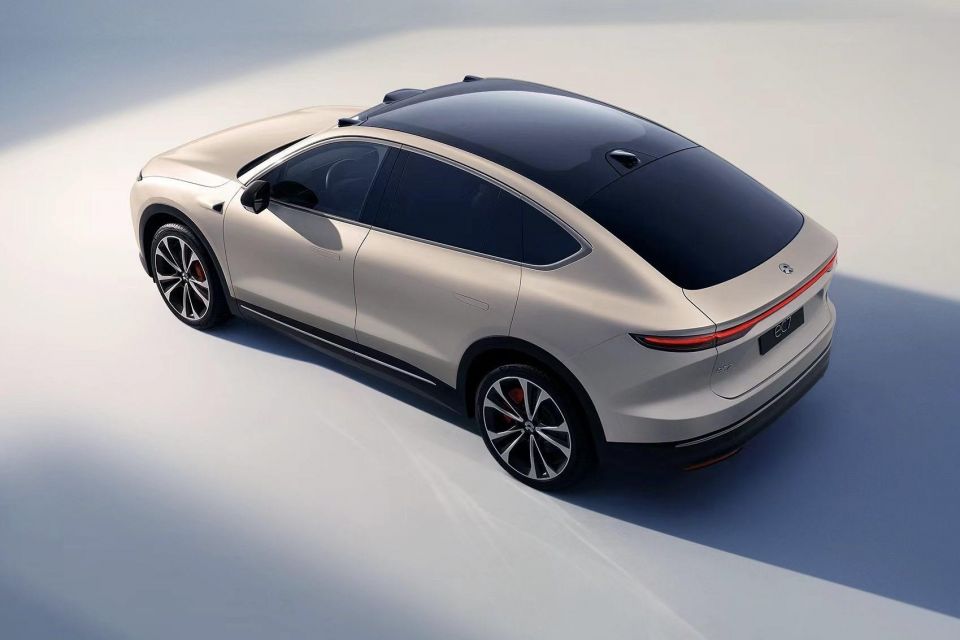
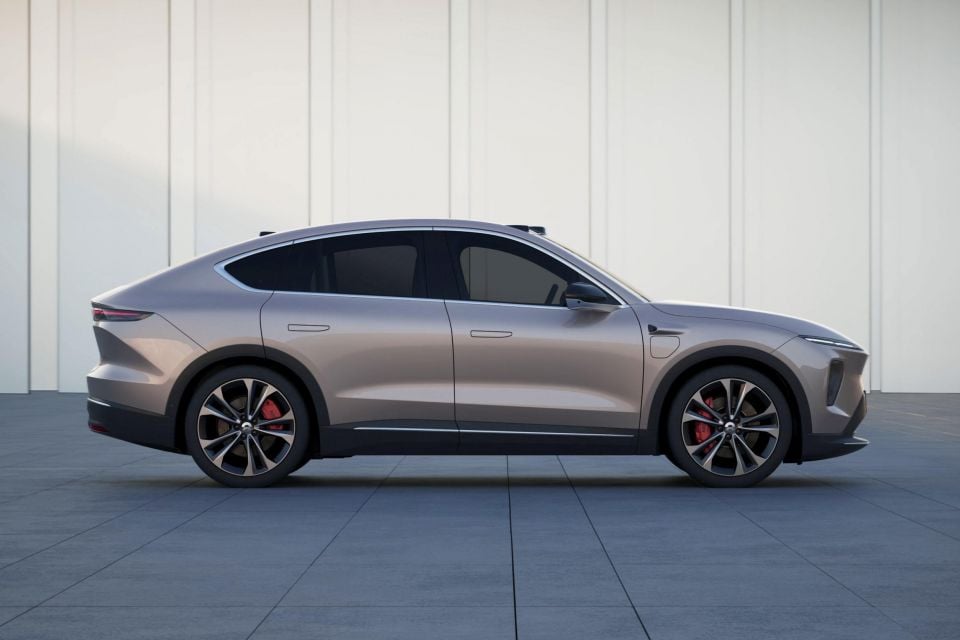
Nio says the EC7 will slow from 100km/h to zero in 33.9 metres.
There are 10 driving modes that alter the suspension and drivetrain settings, called: Trailer, Comfort, Eco, Sport+, Easy Pass (suspension lift), Snow, Sand, Wet, Sport, and Custom.
A tricky active spoiler (what is this, a Lambo?) also deploys at speed.
The driver-assist suite uses a long-range LiDAR, seven 8MP high-resolution cameras, four 3MP enhanced cameras for surround view, five millimeter-wave radars, 12 ultrasonic sensors, redundant high-precision positioning units, and V2X capability.
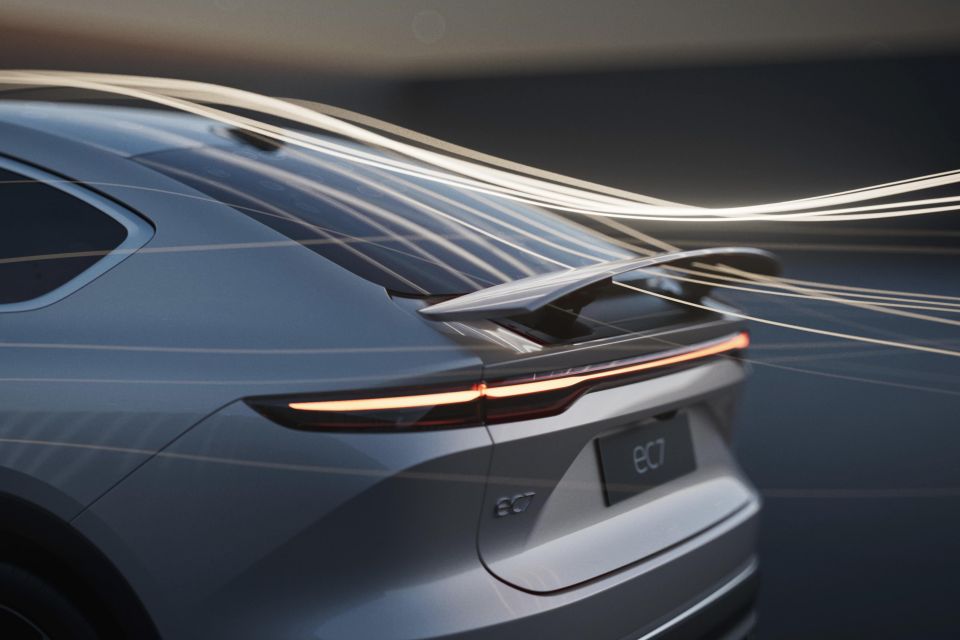
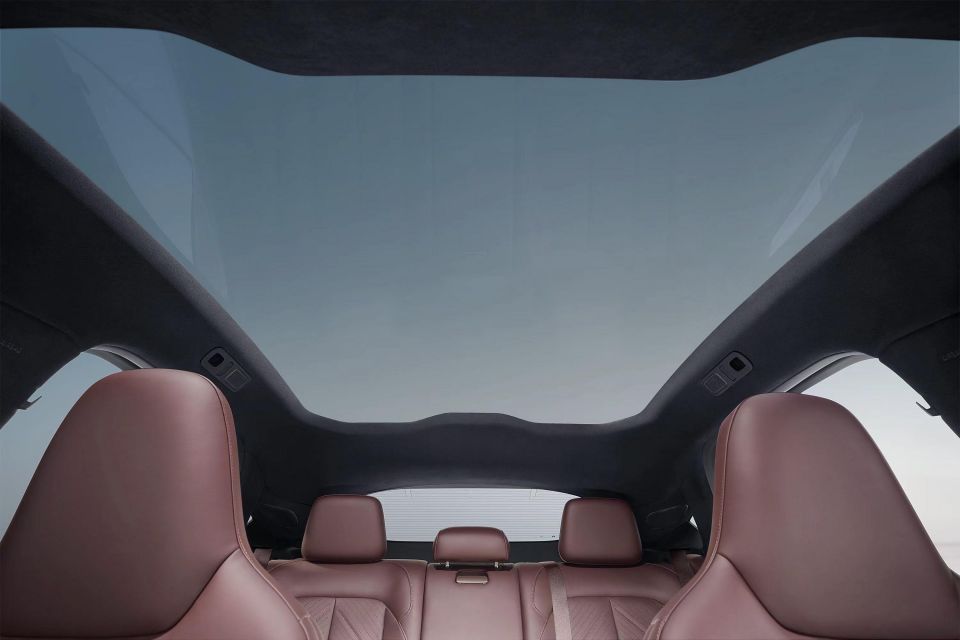
The sensors suite is computed by four Nvidia Drive Orin X chips.
There are also Matrix LED headlights.
The panoramic glass roof is made of 1.94 square-metres of laminated glass with noise reduction and UV protection. The flush window glass is tinted in neutral dark grey, lowers total solar transmittance by 13.7 per cent, and offers claimed 99.9 per cent UV protection.
Inside is a 12.8-inch high-resolution AMOLED centre touchscreen augmented by a head-up unit with a 260,000-colour display.
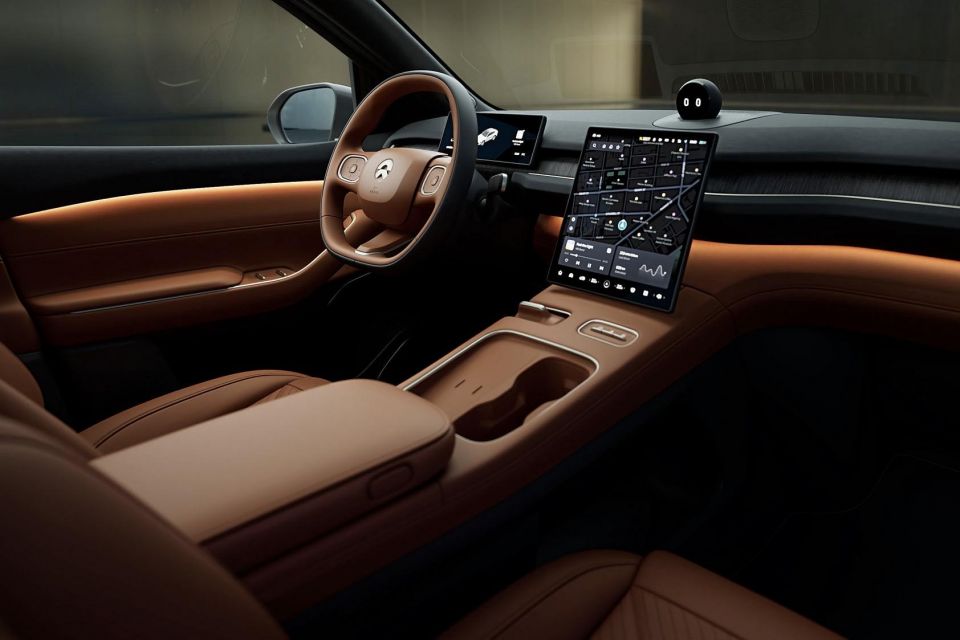
Its on-board cloud computing platform integrates voice interaction and like Siri or Alexa is capable of continuous learning and growth.
The audio system is powered by Dolby Atmos and Dirac Pro spatial audio algorithms, with 23 speakers and a power output of up to 1000 watts.
Pricing for the Nio EC7 starts from 488,000 yuan ($A104,000) with 75kWh battery and 546,000 yuan ($A117,000) with 100kWh battery. Using the battery-as-a-service (battery swap) program cuts the vehicle cost to $89,000 plus ongoing BaaS fees.
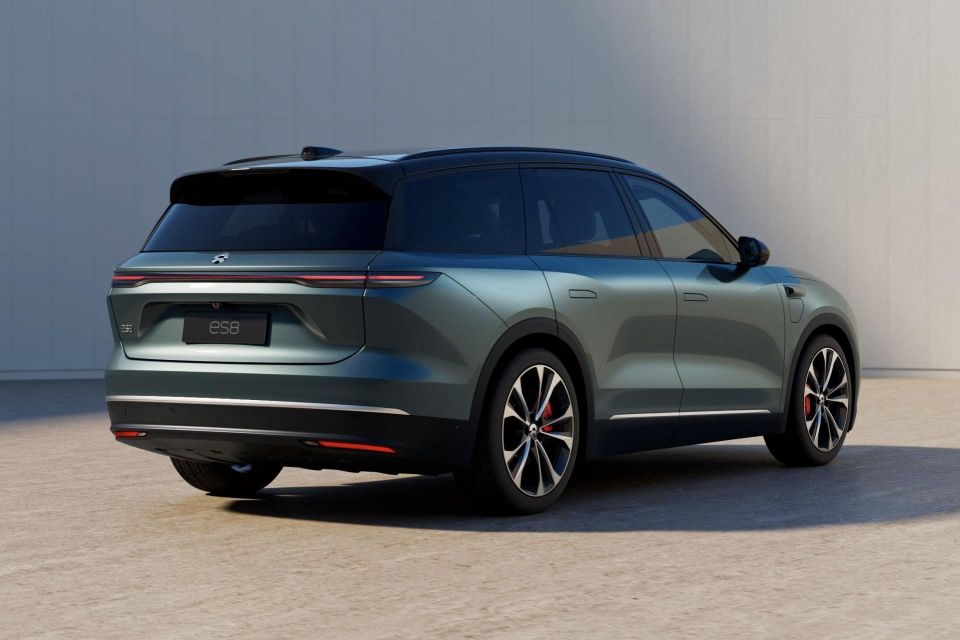
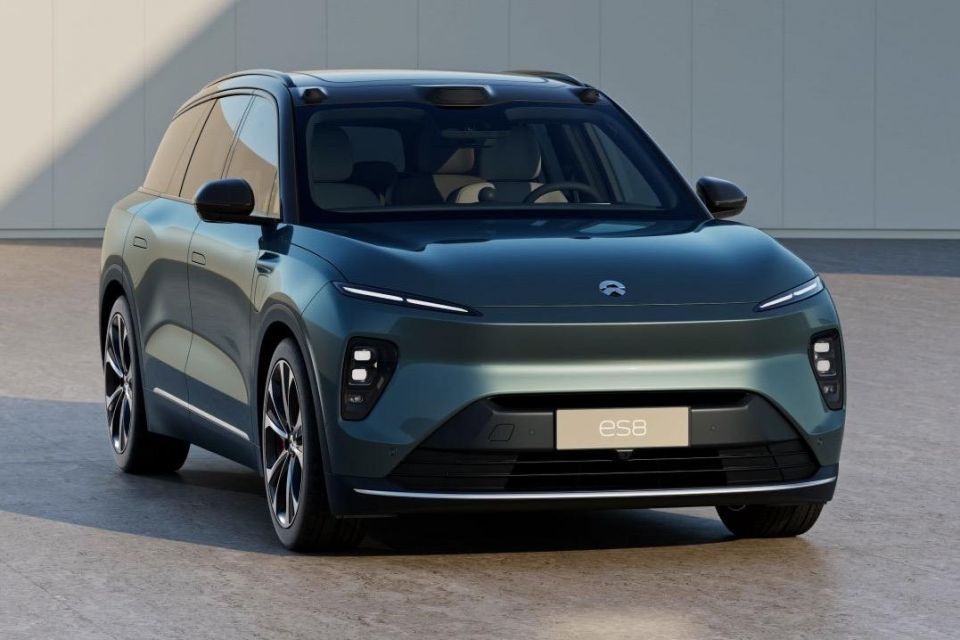
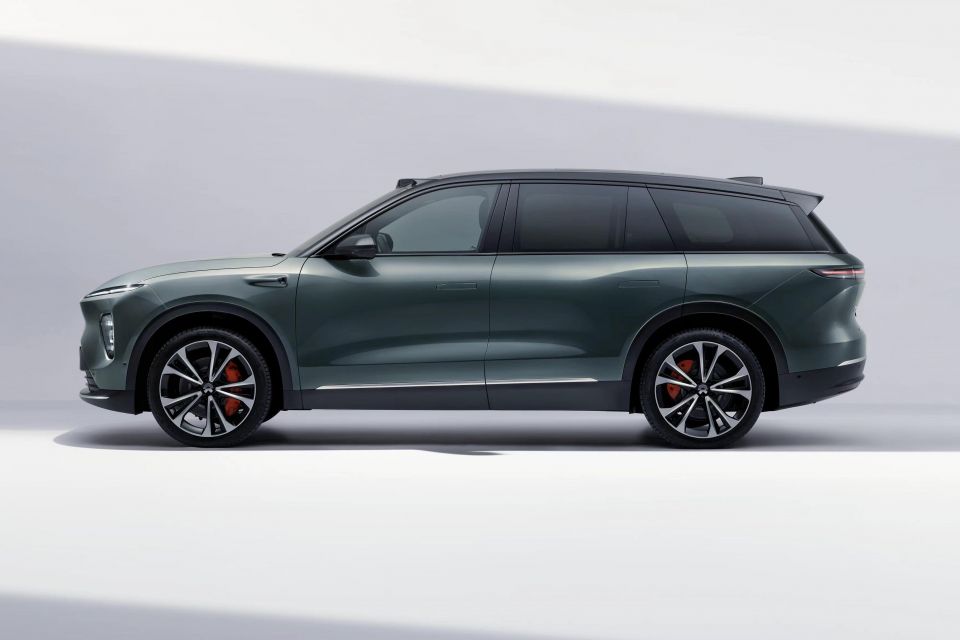
The Nio ES8 for 2023 is an updated model rather than a new one, migrating over to Nio’s second-generation platform.
The BMW X7-sized ES8 is a luxury six-seater which is mechanically and technologically similar to the EC7, in terms of multimedia, active driver assists and body construction.
It has the same dual-motor, 480kW powertrain but ups the 0-100km/h time to 4.1s and reduces the CLTC range to a claimed 900km. It also uses dual-chamber air suspension.
The ES8 starts from 528,000 yuan ($A113,000) with 75kWh battery, 586,000 yuan ($A125,000) with 100kWh battery, and 458,000 yuan ($A98,000) with BaaS.
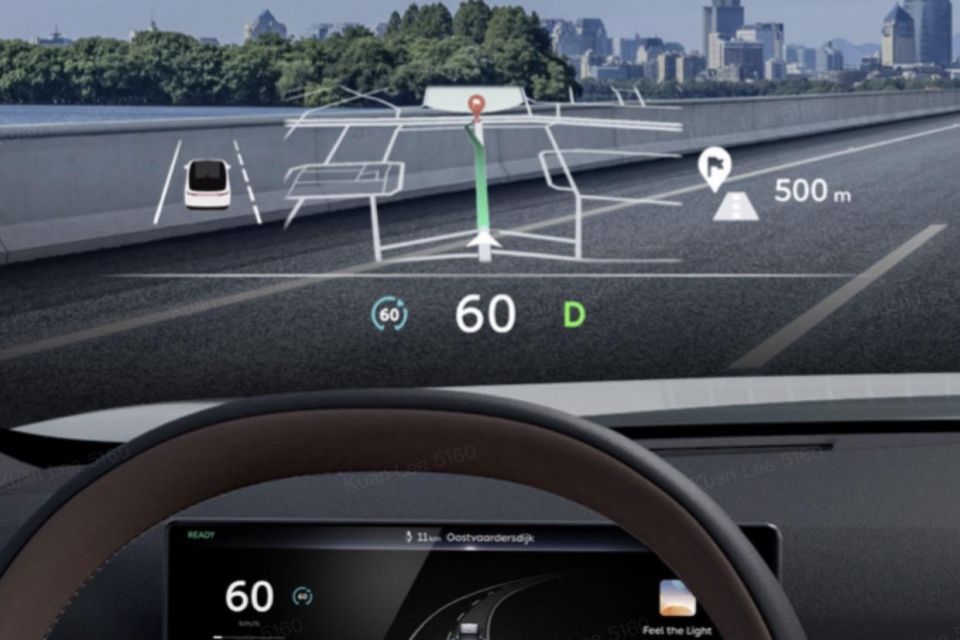
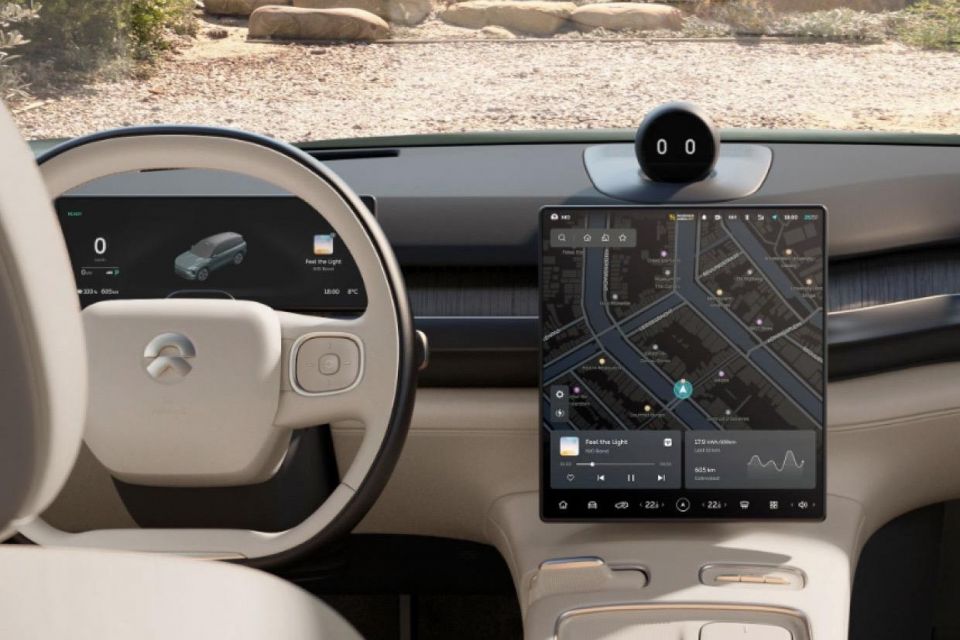
While largely focused on China, Nio is currently branching into European markets with its burgeoning range comprising the ES6, ES7 and ES8 SUVs, EC6 and EC7 crossovers, and ET5 and ET7 sedans.
At the end of 2022 it revealed a new ultra-fast charging station with 500kW maximum power at 650A current. The DC charger pile is billed as capable of charging a long-range (100kWh battery) EV pack from 10 to 80 per cent in only 20 minutes.
Naturally, it needs to be a vehicle running on a 800V platform to get the maximum rate – examples beyond Nios being the Porsche Taycan, Hyundai Ioniq 5, and Kia EV6.
As well as its growing range of cars and its charger business, Nio is also famous in China (and starting in Europe too) for its battery swap stations. The third-generation power swap station design raises capacity to 408 swaps per day, a 30 per cent increase.
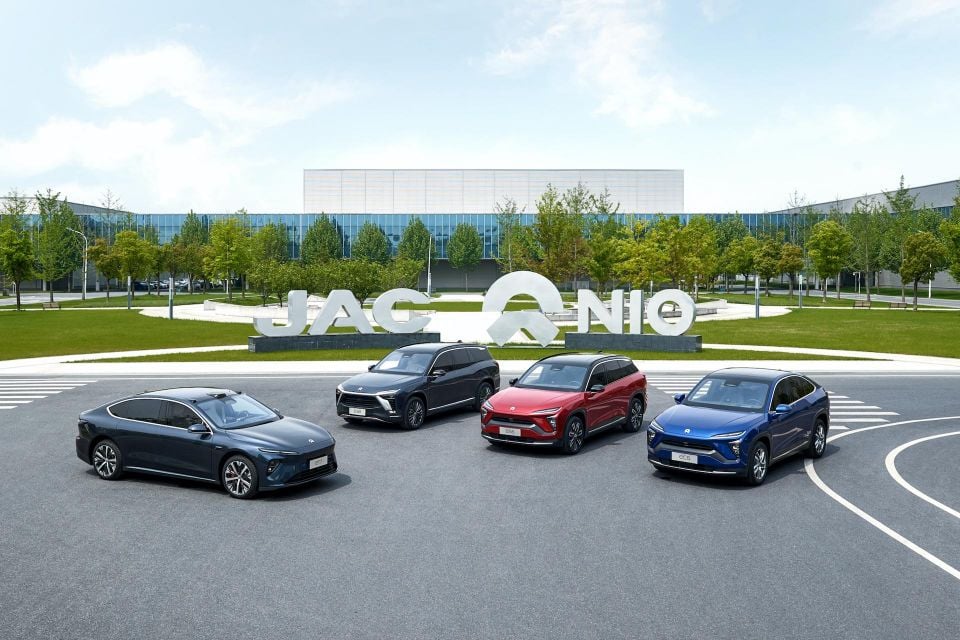
The stations are highly automated for Nio products, using a summon-and-swap feature tapping into laser radars and two Nvidia OrinX chips.
As of December 31 Nio had deployed a claimed 1315 Power Swap stations, 1228 Power Charger stations with 6225 chargers, and 1058 destination charging stations with 7159 chargers worldwide.
According to new data released this week, Nio delivered 122,486 vehicles in 2022, increasing by 34 per cent year-over-year. Cumulative deliveries reached 289,556 as of December 31.
MORE: Brand overview on Nio MORE: 2022 Nio ET5 offers 1000km of range, brand going global
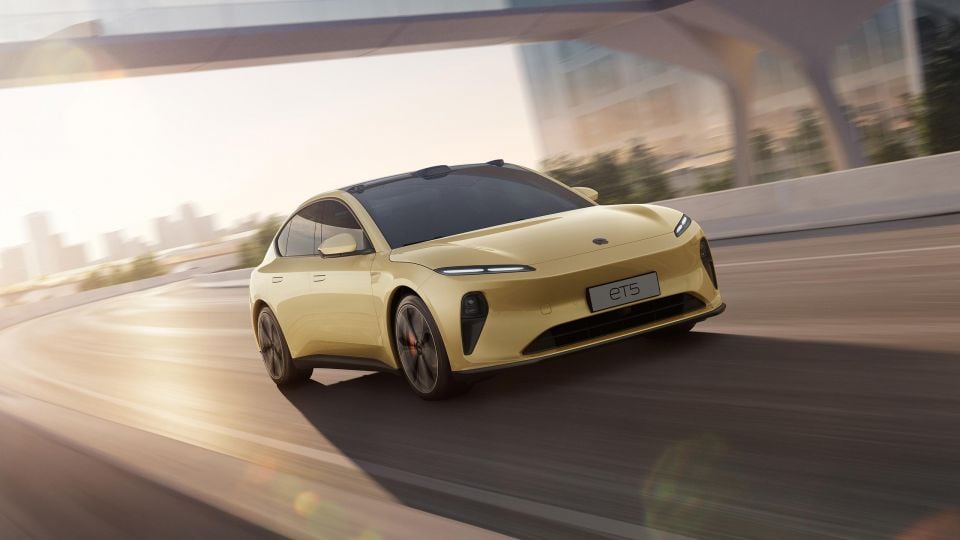
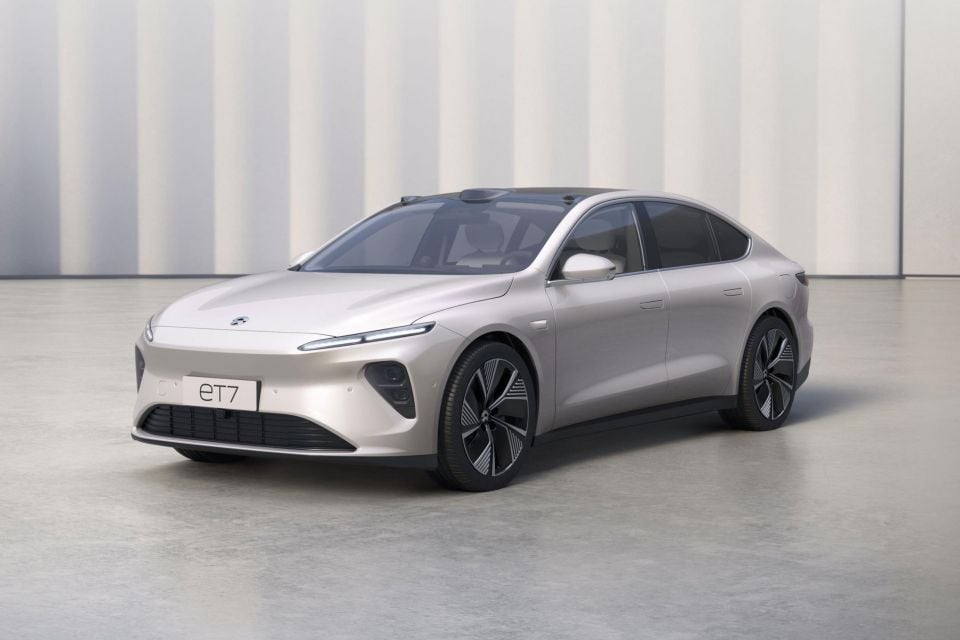
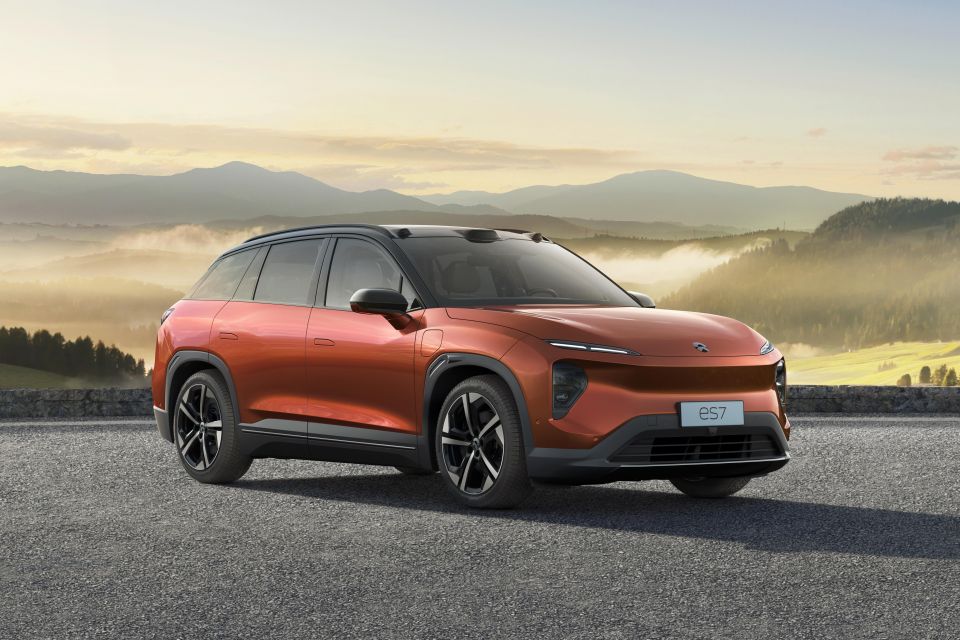
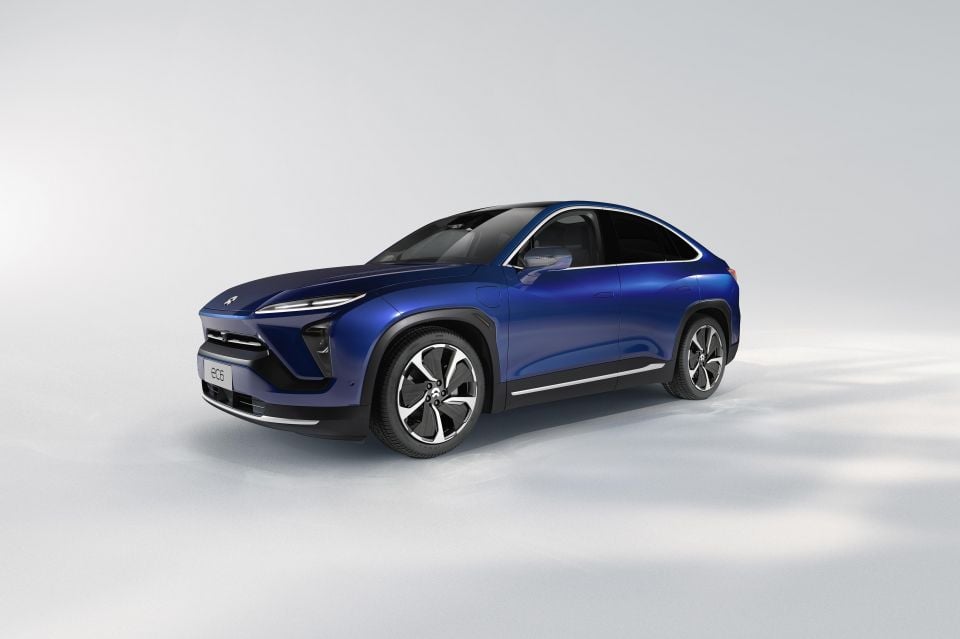


Damion Smy
13 Minutes Ago


William Stopford
2 Hours Ago


Matt Campbell
10 Hours Ago


Max Davies
1 Day Ago


William Stopford
1 Day Ago


Derek Fung
1 Day Ago